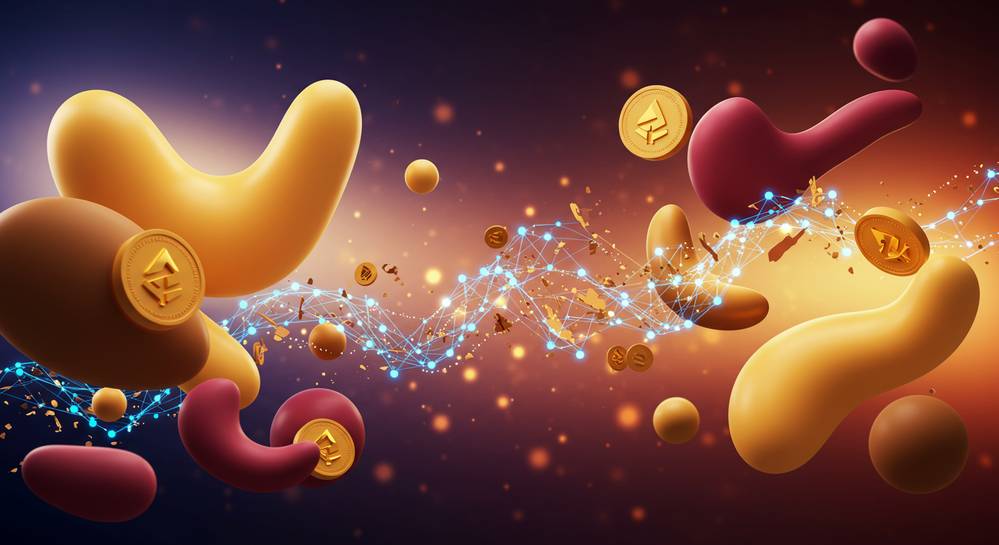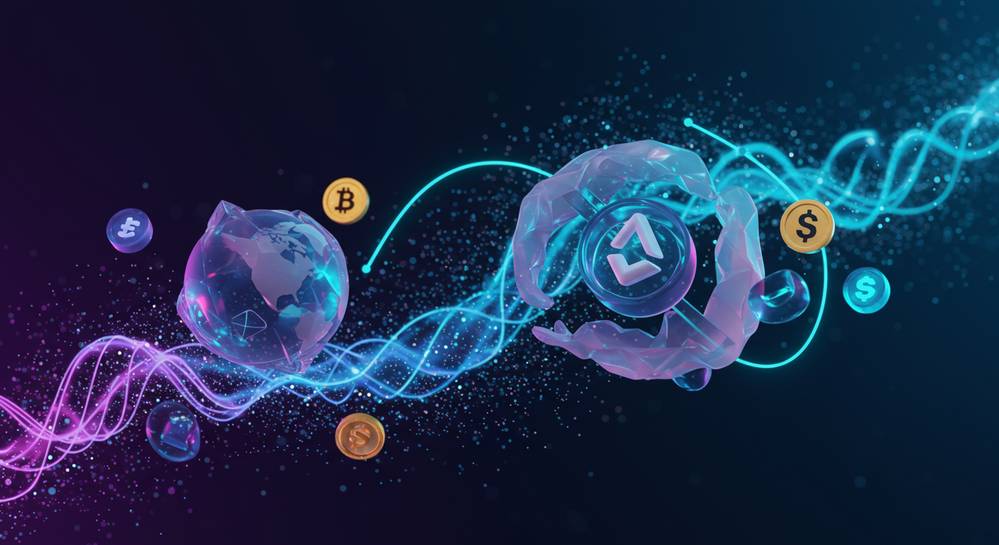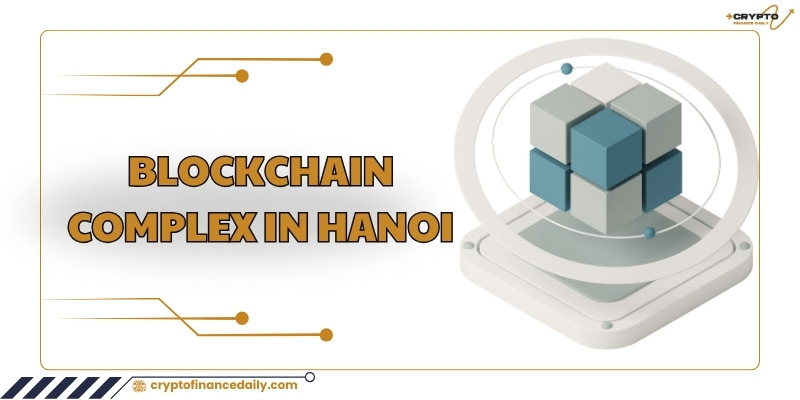Think you know Directed Acyclic Graph ? Think again. These powerful data structures are not just for blockchain enthusiasts. From optimizing complex workflows to revolutionizing machine learning, DAGs are quietly transforming industries. Uncover their hidden potential and discover how they’re shaping the future of technology.
What is Directed Acyclic Graph (DAG)?
A Directed Acyclic Graph (DAG) is a mathematical structure representing a network of interconnected nodes, where edges have a specific direction and no loops exist. This means that the flow of information or data within the graph only moves forward, without any possibility of returning to a previously visited node.
Components of Directed Acyclic Graph (DAG)
Directed Acyclic Graphs (DAGs) are data structures composed of nodes connected by directed edges, forming a network without any cyclical paths. In the realm of blockchain technology, DAGs offer an alternative to traditional blockchain structures for achieving consensus and transaction validation.
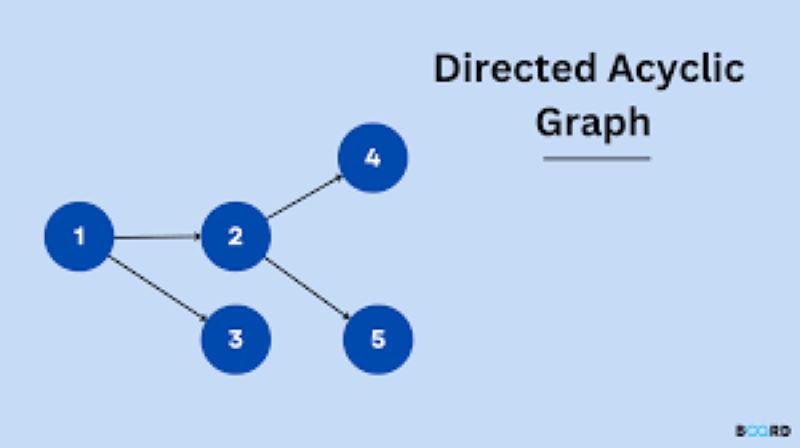
The key components of a DAG in this context include:
Nodes (Vertices): These are the fundamental building blocks of a DAG, representing transactions or data units within the blockchain. Each node typically contains transaction details such as sender, receiver, and transaction amount.
Directed Edges (Arrows): These connections between nodes indicate the order of transactions or events. A transaction can only be confirmed if its parent transactions have been confirmed first.
Transaction Hash: Each transaction is assigned a unique cryptographic hash, serving as a unique identifier based on its details.
References (Pointers): Transactions in a DAG blockchain reference one or more previous transactions (parent transactions) to which they are connected, ensuring a sequential order of transactions.
Consensus Algorithm: DAG-based blockchains employ specific consensus algorithms tailored to the DAG structure, such as the Tangle consensus used in IOTA or DAG-based versions of Proof of Work (PoW).
Tip Selection: Nodes in a DAG blockchain choose which transactions to approve and reference in their own transactions. This process influences transaction confirmation speed and network security.
Confirmation Process: Transactions are considered confirmed when referenced by a sufficient number of subsequent transactions. The more approvals a transaction has, the higher its security and finality.
Double-Spend Prevention: DAG blockchains employ various mechanisms to prevent double-spending issues, relying on the transaction confirmation process and tip selection algorithms.
How does DAG work?
In a Directed Acyclic Graph (DAG) based blockchain, transactions are not bundled into blocks like in traditional blockchains. Instead, each transaction is added individually as a separate node (or vertex) in the graph. Every new transaction references one or more previous transactions, creating a web-like structure of interconnected nodes, often referred to as a “tangle.”
This referencing mechanism ensures the chronological order of transactions without the need for blocks or the energy-intensive mining process associated with Proof of Work blockchains.
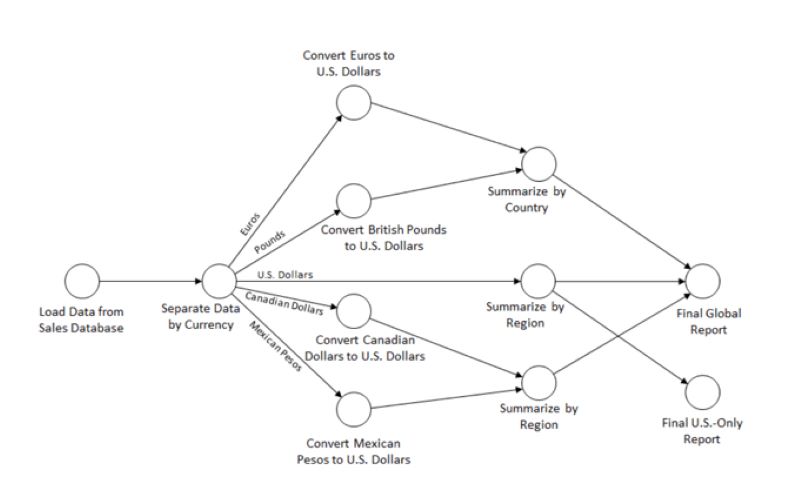
Transaction validation in a DAG occurs through a confirmation consensus mechanism. When a new transaction is added, it must reference and confirm the validity of two or more previous transactions. This process ensures that the new transaction is linked to the existing network and prevents double-spending. As more transactions are added and reference previous ones, the overall security and confirmation speed of the network increases.
This unique structure and validation process make DAG-based blockchains potentially faster and more scalable than traditional blockchains, as they can handle a higher throughput of transactions without requiring the computational power needed for mining.
Application of Directed Acyclic Graph
Directed Acyclic Graphs (DAGs) have found diverse applications due to their ability to efficiently model relationships and dependencies. In blockchain technology, they offer an alternative to traditional blockchains, enabling faster transactions and improved scalability.
DAGs are also utilized in data processing and scheduling, where they optimize workflows and task dependencies. In bioinformatics, they are employed to represent genome assembly and evolutionary relationships. Additionally, DAGs play a crucial role in version control systems like Git and in modeling neural networks and probabilistic relationships in artificial intelligence. Their versatility extends to causality analysis, citation networks, and financial modeling, making DAGs a valuable tool across various fields.
How to use Directed Acyclic Graph (DAG)?
Utilizing a Directed Acyclic Graph (DAG)-based system involves a series of steps to create, validate, and add transactions to the network. In this system, users initiate transactions with relevant details like sender, receiver, and amount. To ensure the validity of their transactions, users must select and approve existing unconfirmed transactions known as “tips.” The approval process involves reaching a consensus among users using various algorithms like PoW or PoS. Once confirmed, the new transaction is added as a node in the DAG, referencing the tips that approved it.
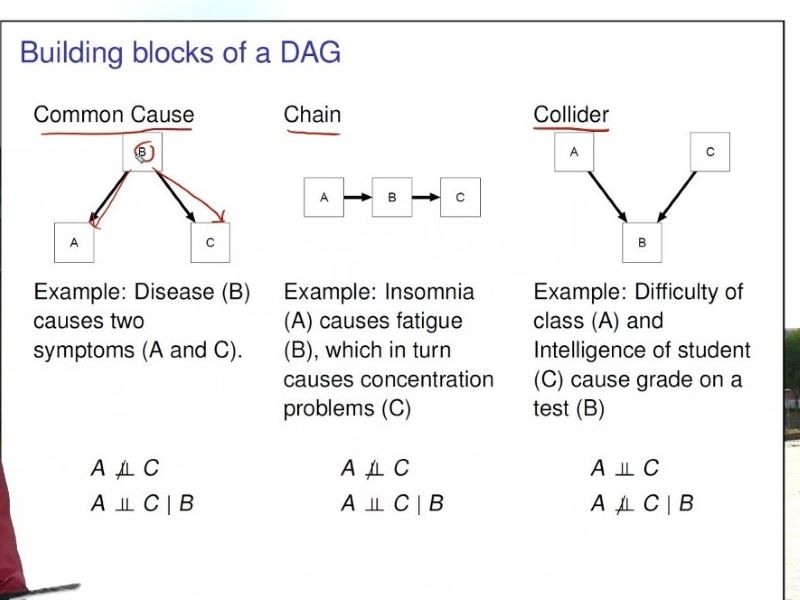
This referencing creates a web of interlinked transactions, forming a tangle-like structure. The number of approving transactions, or the “weight” of a transaction, determines its level of confirmation and security. DAG-based systems also employ mechanisms to prevent double-spending and resolve conflicts that may arise due to simultaneous approvals.
DAG-based systems offer advantages like scalability, low fees, and fast confirmation times compared to some traditional blockchains. Examples of DAG-based projects include IOTA, Nano, and Hedera Hashgraph.
It’s important to note that the specific implementation and use of a DAG can vary across projects and applications. Each DAG-based system may have unique features and requirements, so understanding the specific rules and protocols of the network you are using is crucial.
Follow us on all social media for more usefull information !

